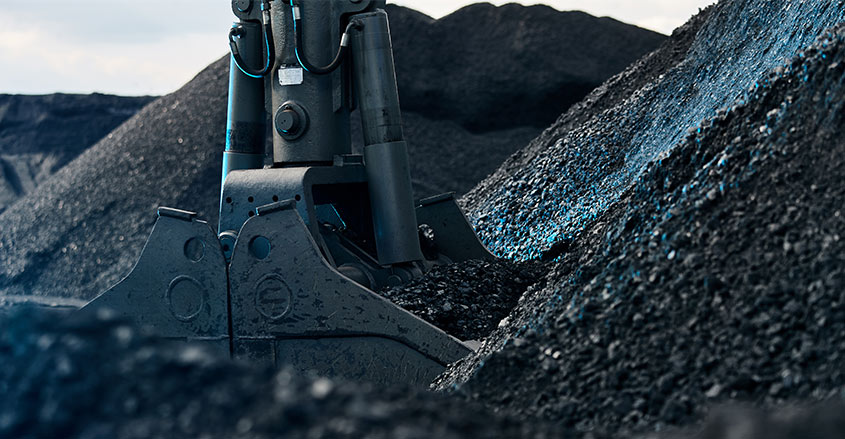The current air quality of Washington D.C. has reached purity levels not seen in over 25 years. Los Angeles, once the perennial butt of smog-related jokes, now has some of the best air quality in the country.
NASA scientists have recently stated that nitrogen dioxide levels have decreased by over 30%. Nitrogen dioxide is a foul-smelling air pollutant that is created during the operation of a combustion engine.
That fact is an apt transition to explain why the aesthetic appreciation of cleaner air is fleeting — the pandemic is decimating the oil and gas industry.
For one thing, no one is driving. According to Allstate CEO Thomas Wilson, Americans are driving 35% to 50% less than they did before the pandemic.
In late April, the value of a barrel of oil fell to negative $40. The last time oil was that low was in 1946.
In 2008, a gallon of gasoline was $4.11. When adjusted for inflation, that is $4.89 today. A gallon of gasoline now averages $2.18.
Within a century, the advancement of renewable energy technologies will become the replacement infrastructure for fossil fuels. Until then, oil and gas will make a comeback, COVID-19 notwithstanding.
The same cannot be said for the coal industry. Coal was already on a rapid decline due to the rise of renewables. The COVID-19 pandemic is expediting the end of the industry.
End of coal?
Over 25% of the electricity in the United States is generated by coal-powered energy plants. However, with mass layoffs and unemployment caused by the pandemic workplaces are empty or sparsely populated.
Coal-powered electricity generation will decline by 25% this year compared to 2019. Meanwhile, renewable energy use will increase by 11% compared to 2019.
And, as more coal mines and plants close, the fewer existing ones will operate at lower capacities than ever before.
Coal consumption plunged by 13% in 2019 before the pandemic. That was the sharpest decline in 65 years.
In 2018, Americans consumed 688 million tons of coal. That number fell to 596 million tons in 2019. Americans are projected to consume 517 million tons of coal his year.
Because of social distancing guidelines, fewer coal miners can operate in the work areas than they did before. Coal companies are staggering employee work shifts to comply with social distancing.
Such practices aren’t financially practical in a dangerously slumping industry.
The last global peak usage of coal was in 2013. Rob Jackson, director of the Global Carbon Project, believes that the COVID-19 pandemic will permanently decline coal’s industry viability.
“Covid-19 will slash coal emissions so much this year that the industry will never recover…The crash in natural gas prices, record-cheap solar and wind power, and climate and health concerns have undercut the industry permanently,” said Jackson.


